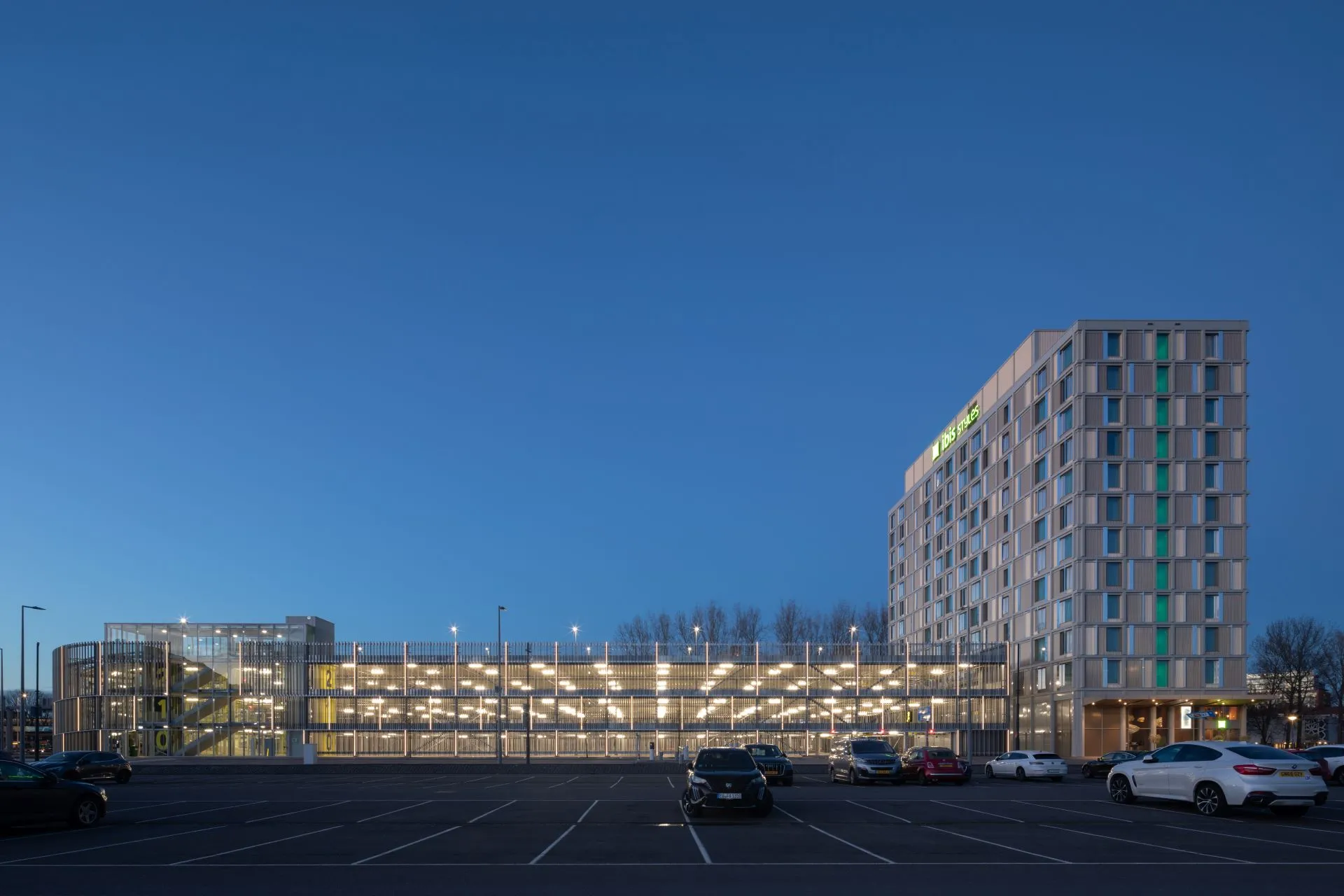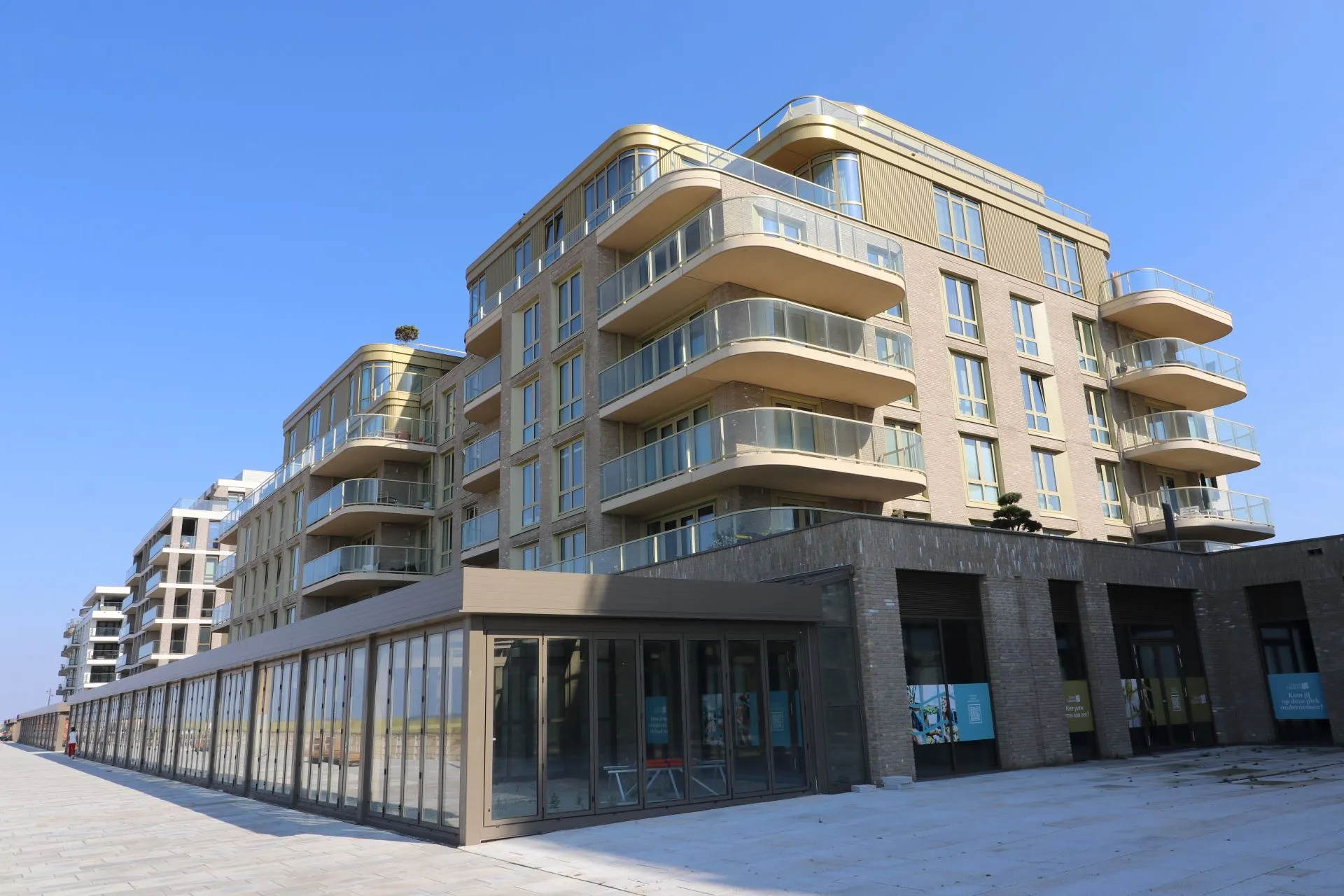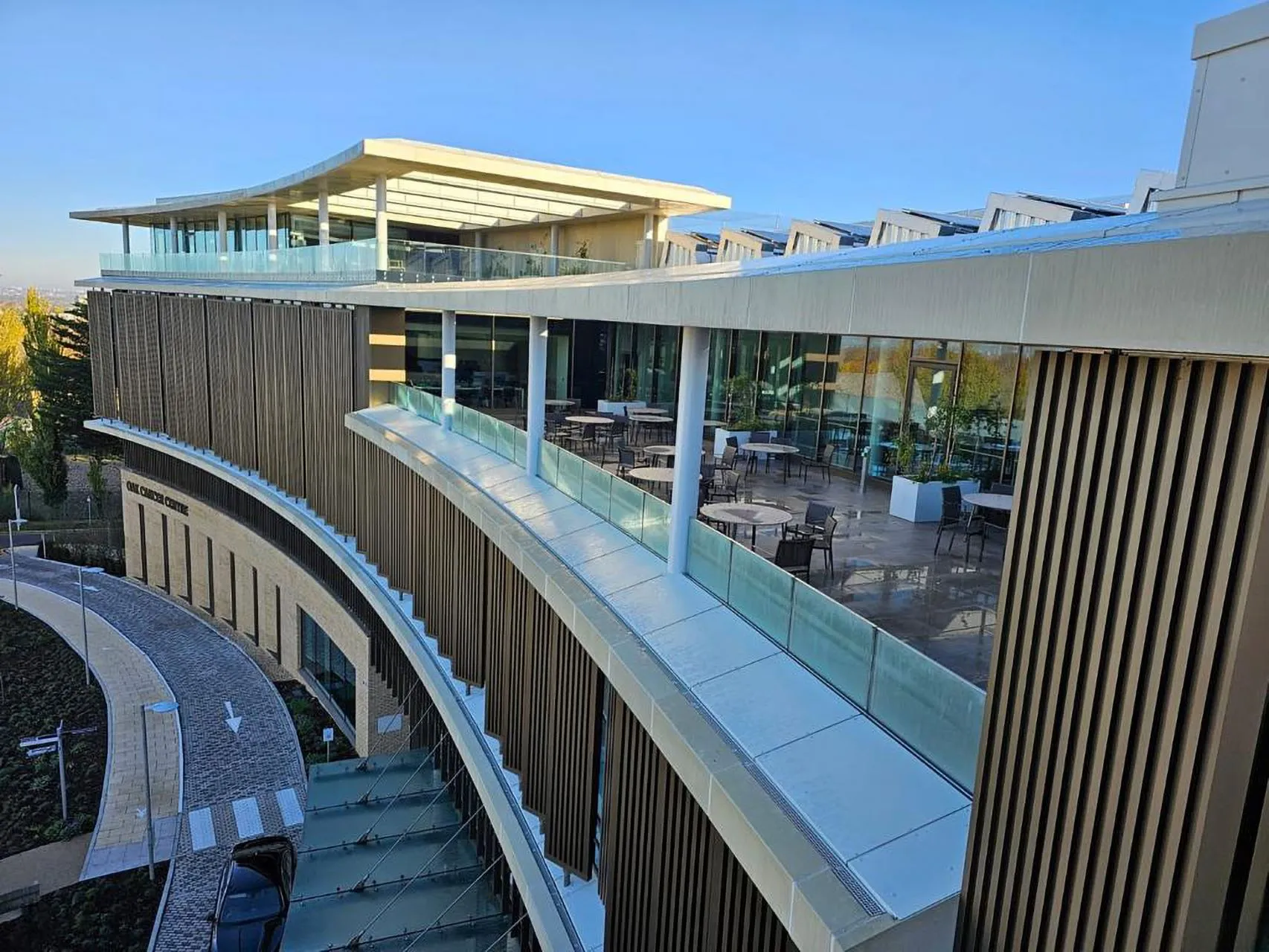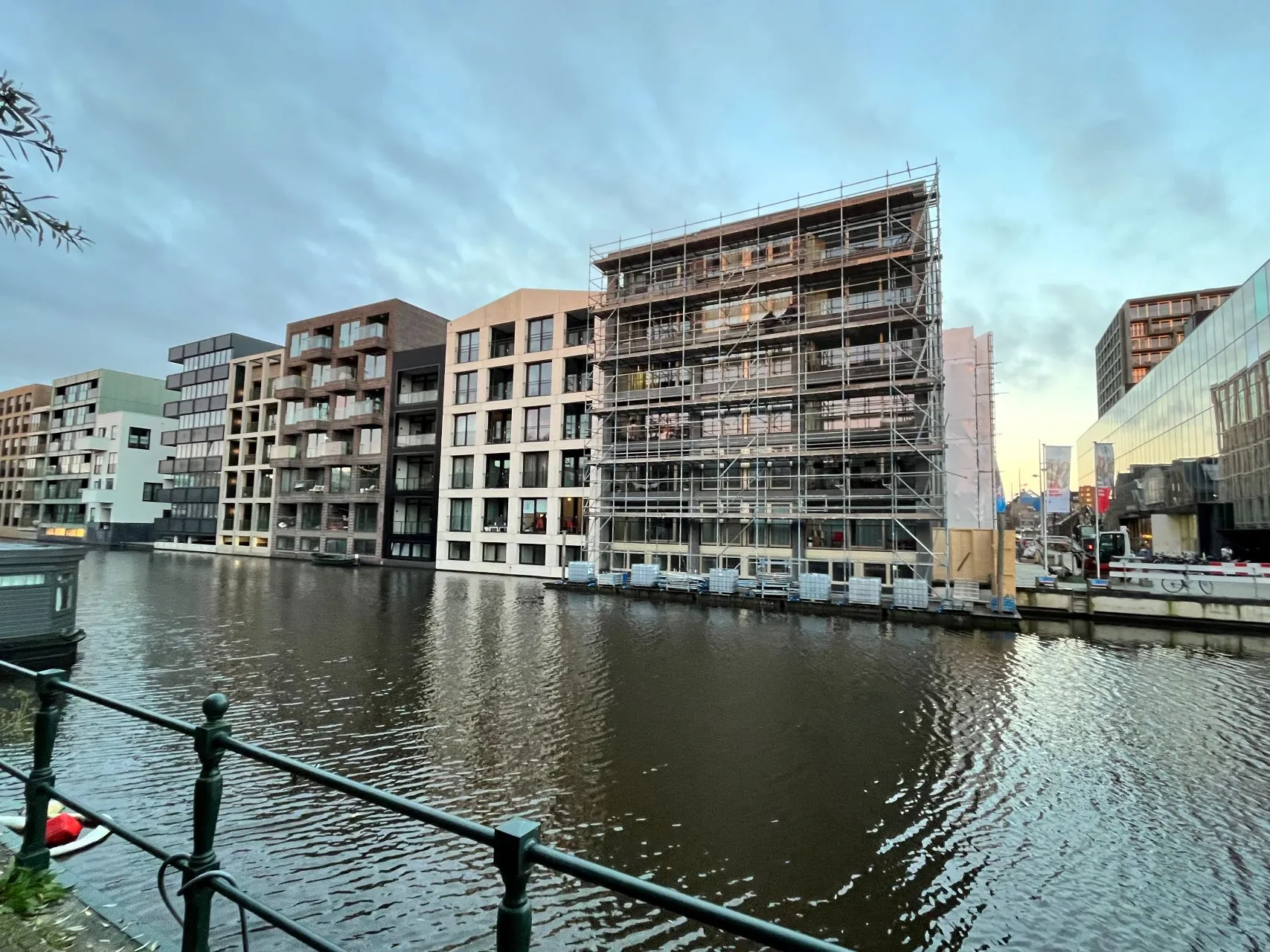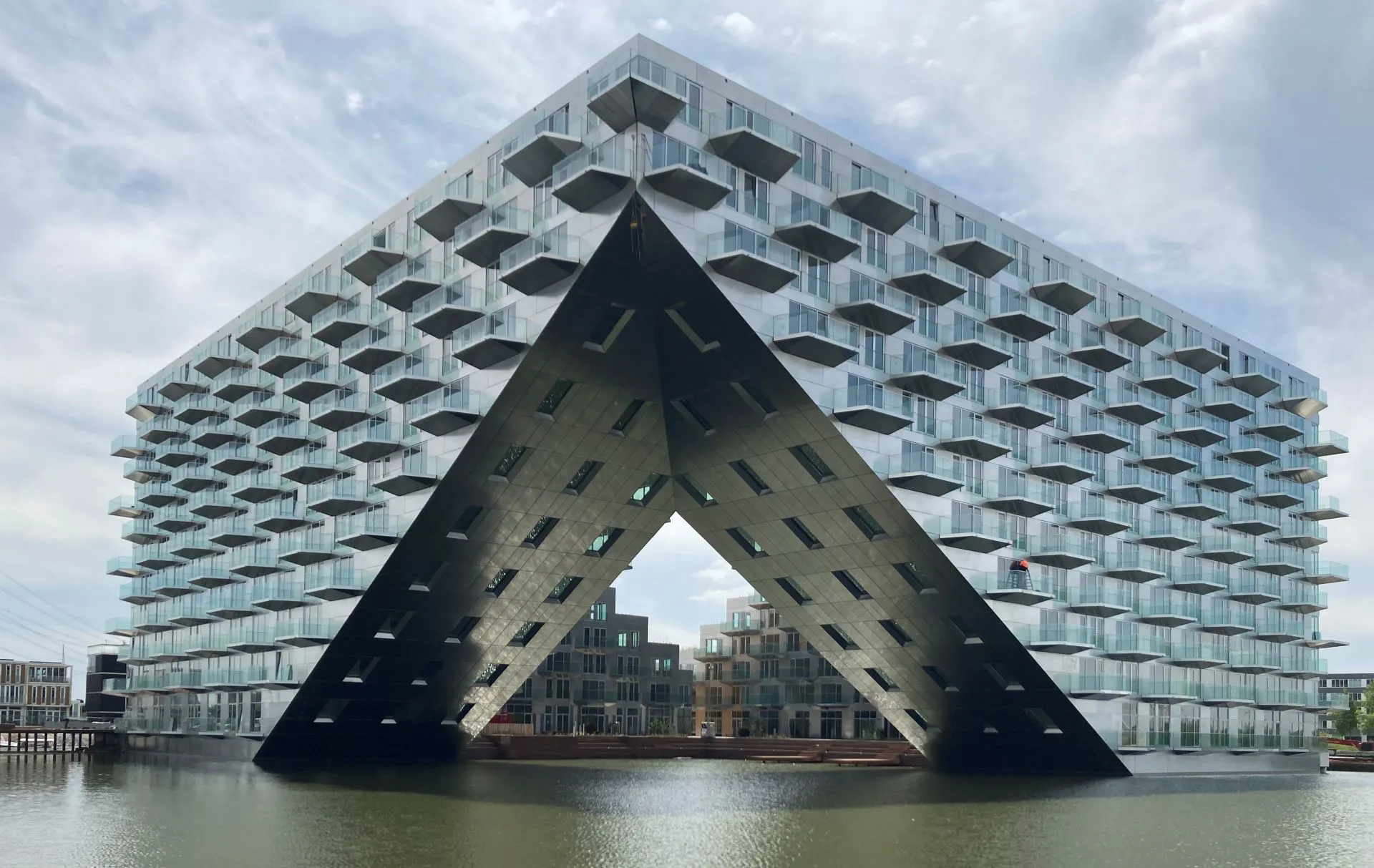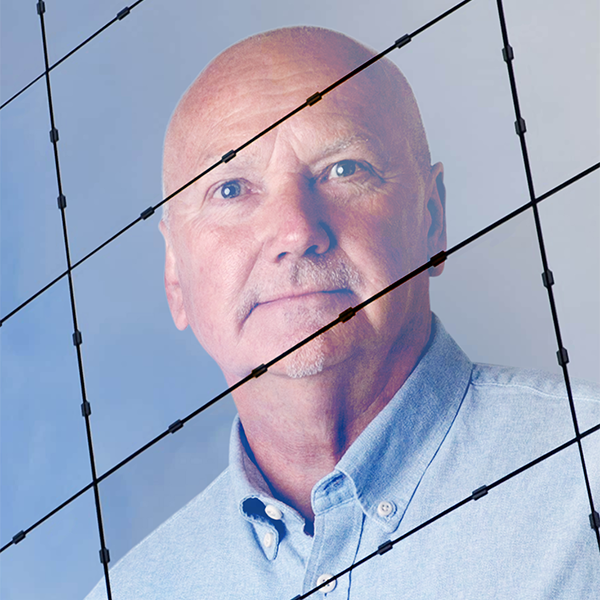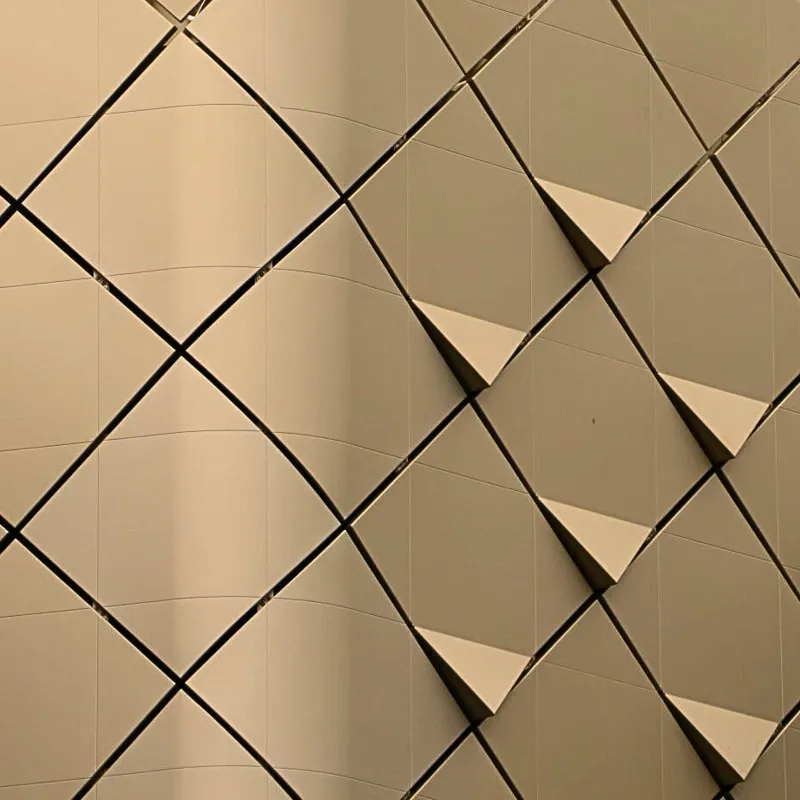
Aluminium Facade Cladding
Welcome to the world of ‘Aluminium Facade Cladding’ at Sorba, where craftsmanship, durability, and aesthetics come together to create architectural masterpieces. Aluminium facade cladding is not just an advanced facade system; it is an art form through which we transform buildings and create unique visual identities. At Sorba, we go beyond mere protection; we shape sustainability and aesthetics. Surface Creator!
Detail and precision
Our aluminium panels are manufactured with attention to detail and precision, providing durability while giving buildings a modern and contemporary look. We offer a range of colours, finishes, and textures, ensuring that the aluminium facade cladding perfectly matches the specific design requirements of each project. The Perfect Finish.
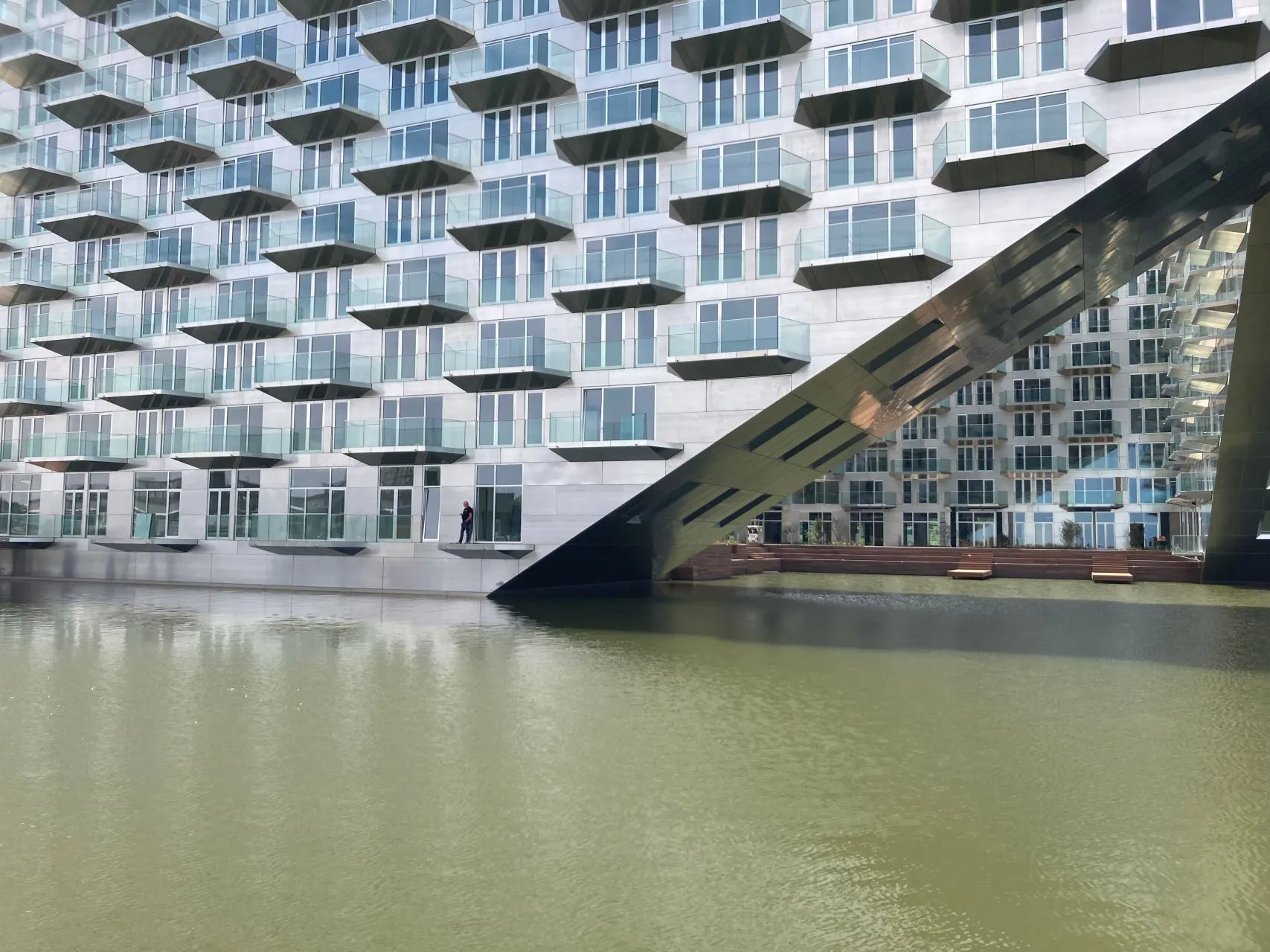
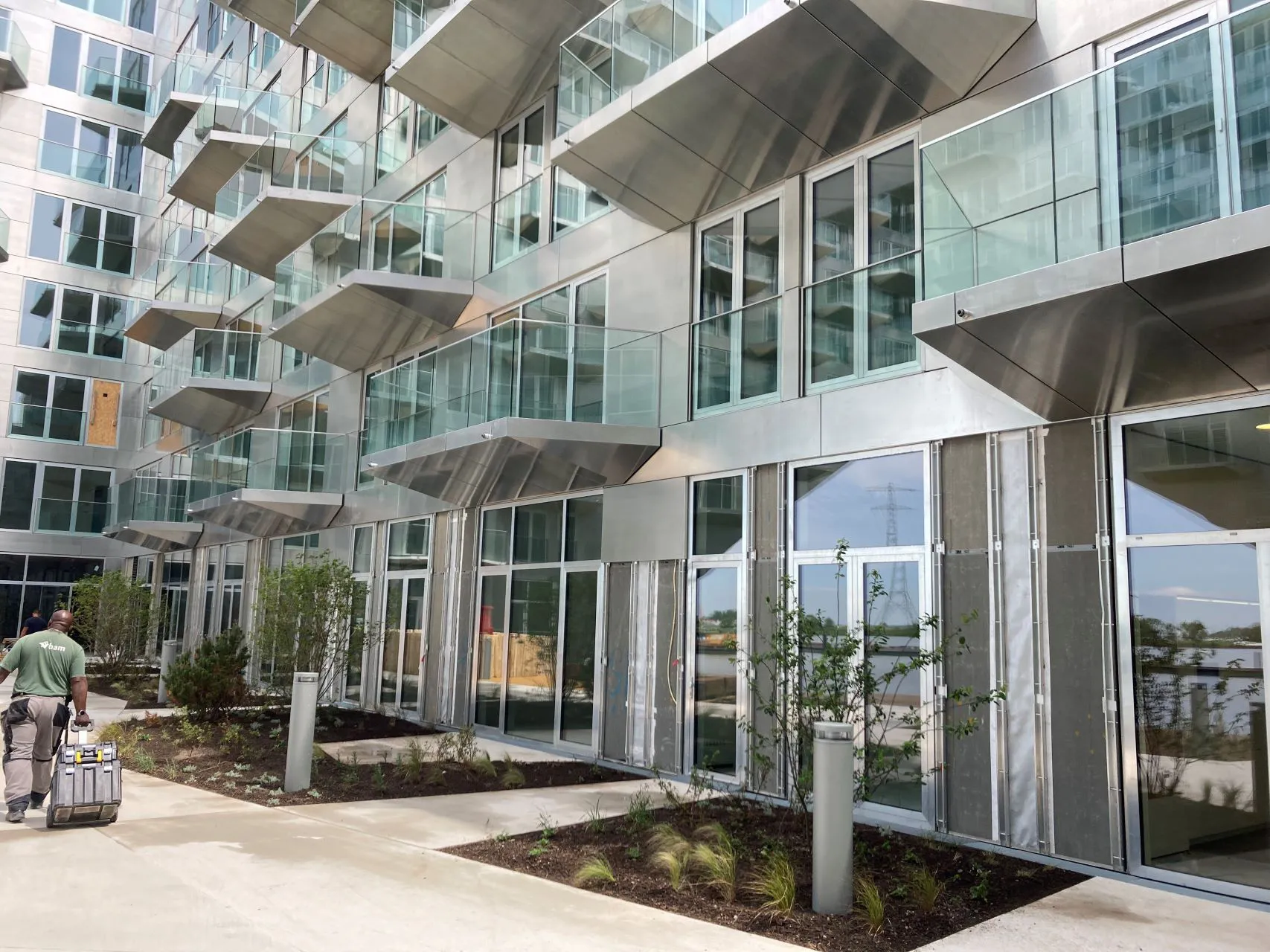
Characteristics
The benefits of aluminium facade cladding at Sorba are numerous and versatile. In addition to durability and low maintenance costs, it offers a lightweight solution, contributing to efficient installation and reduced construction time. The material is weather-resistant, corrosion-resistant, and fire-resistant, making it a safe choice for various construction environments.
Questions or remarks
Is what you are looking for not among the options?
The selection above only offers a glimpse of the possibilities. If the desired material or surface treatment is not listed, please do not hesitate to contact us. We will be pleased to help you find the perfect materials for your project, as our expertise goes beyond what we are able to show you.
Together, we will find the perfect solution for your unique construction project needs.
